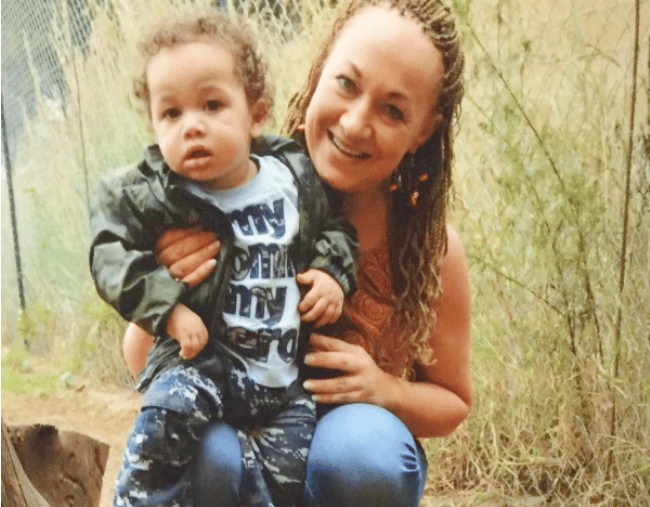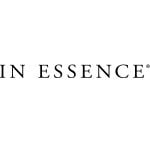

Rachel Dolezal has three sons and they are black. That’s a fact.
Curiously, this information has been omitted in the truckloads of negative media that’s surrounded the writer and artist ever since she was outed as a white woman.
And it shouldn’t have been – because, for me, that information is a game changer.
I learned this detail about Dolezal’s sons whilst watching The Rachel Divide, a documentary by Laura Brownson that’s currently streaming on Netflix.
Dolezal, a prominent civil rights activist and former head of the Spokane National Association for the Advancement of Coloured People, gained international notoriety in 2015 when she was outed by a local news reporter as biologically Caucasian, despite insisting she was black.
But saying that Dolezal claimed she was black when she wasn’t is a simplification of what happened. Dolezal asserted she had African heritage on her social media accounts, even claiming that the father-figure in her life – a black man – was her biological father. Dolezal changed her hair and make up to look more ‘typically’ African – and to disguise her white reality.
It was this concerted effort to mislead that gained the ire of the black community in her hometown of Spokane, and why her story attracted so much attention.
“Our daughter is Caucasian” say parents of Spokane NAACP President Rachel Dolezal. pic.twitter.com/6VHxm9v4Wt
— Taylor Viydo (@KREMTaylor) June 11, 2015




























































































